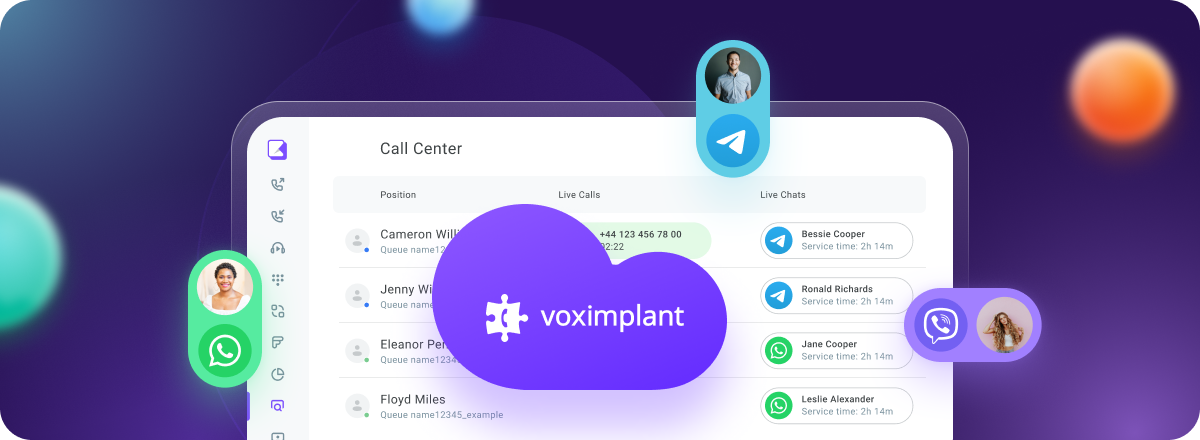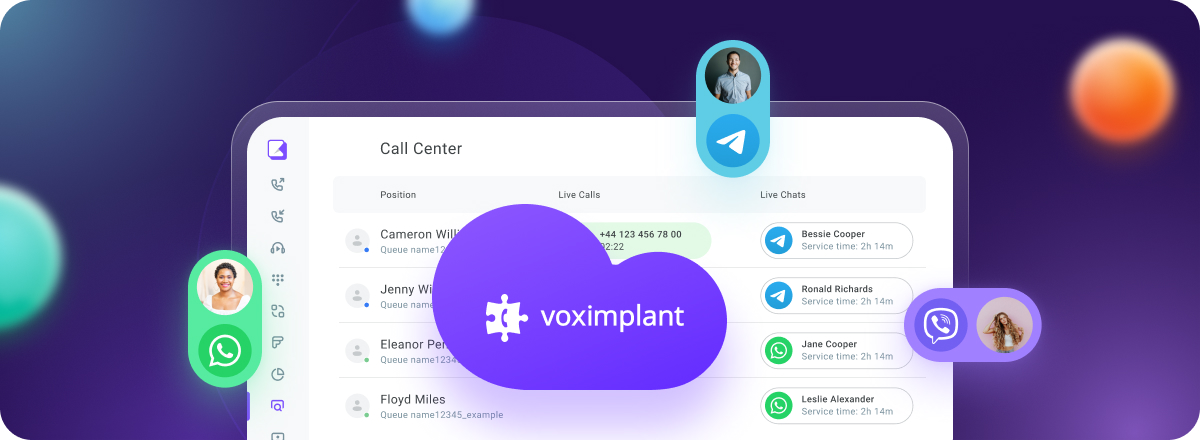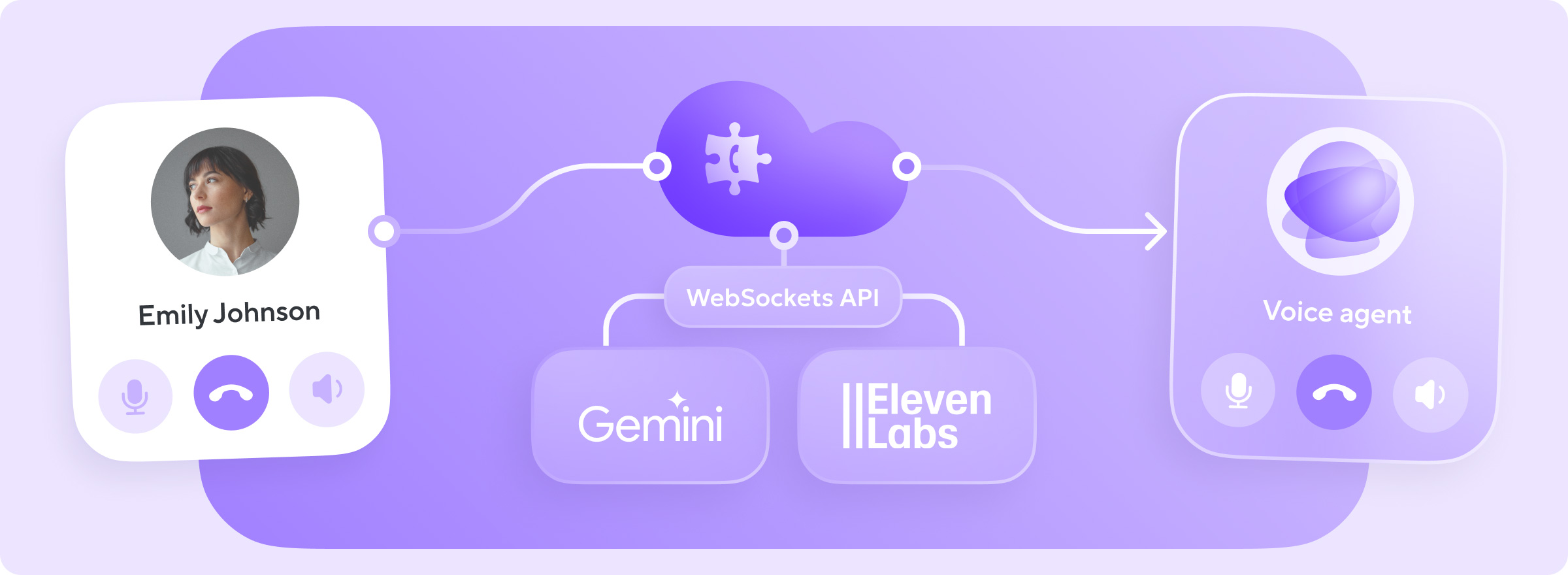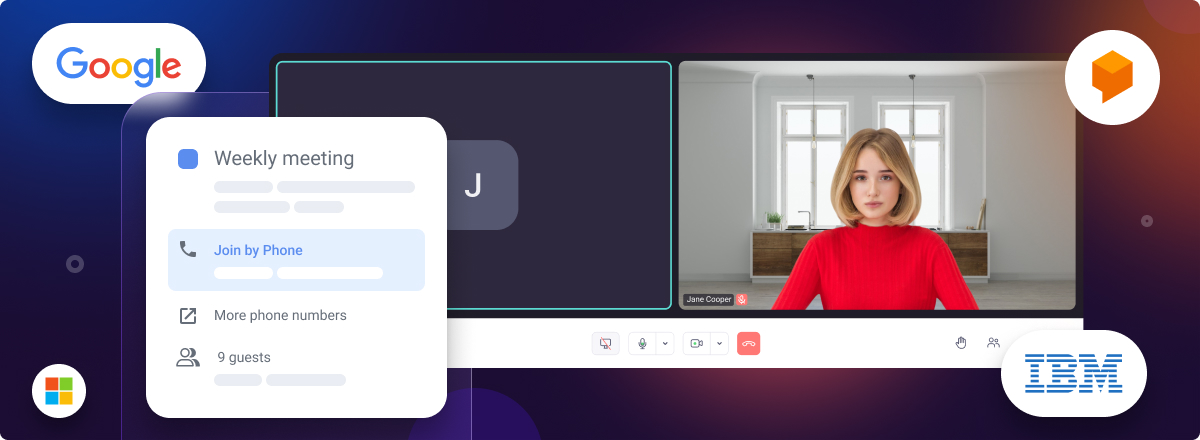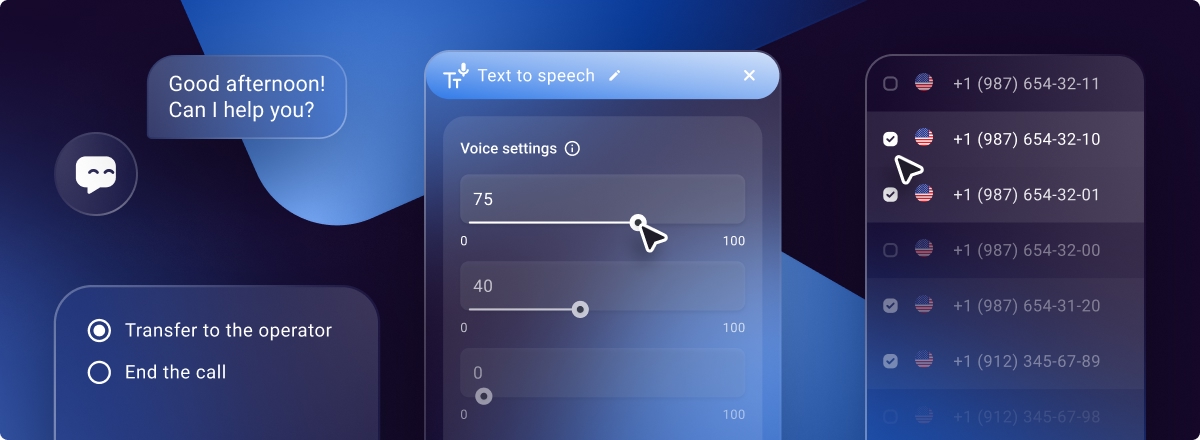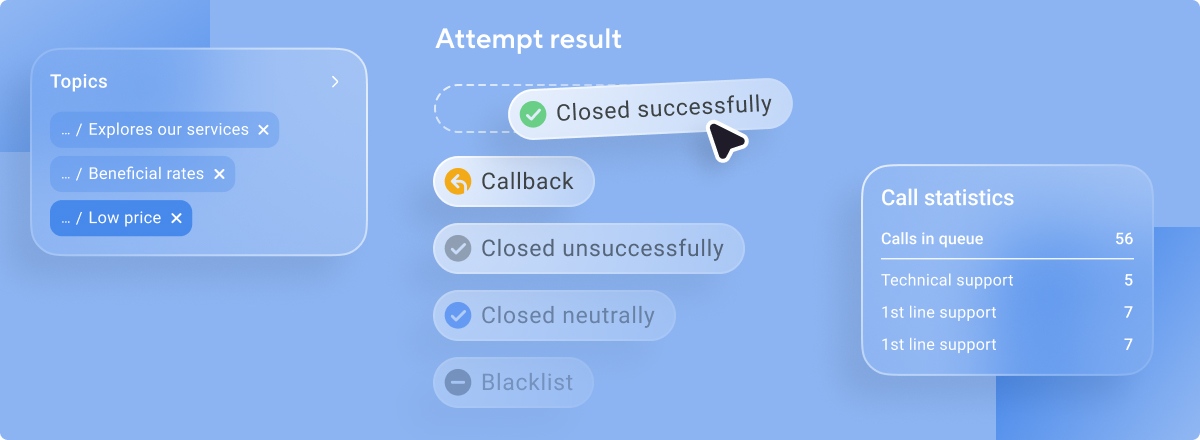
Top Customer Support Services for Small Businesses in 2024
In this article, we'll explore the top 10 customer support services tailored for small businesses in 2024. We'll dive into their features and benefits, helping you choose the platform that best suits your needs and growth goals. Whether you're looking to improve response times, offer personalized support, or simply streamline your communication process, these platforms are designed to empower your customer service strategy.

